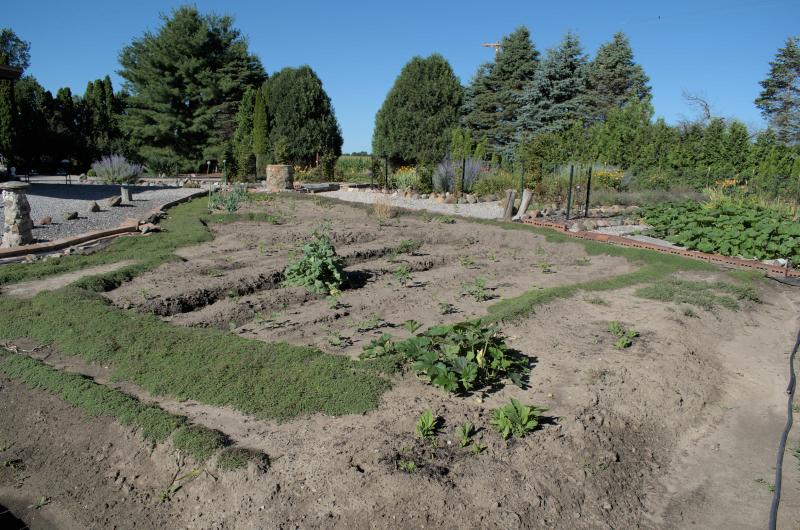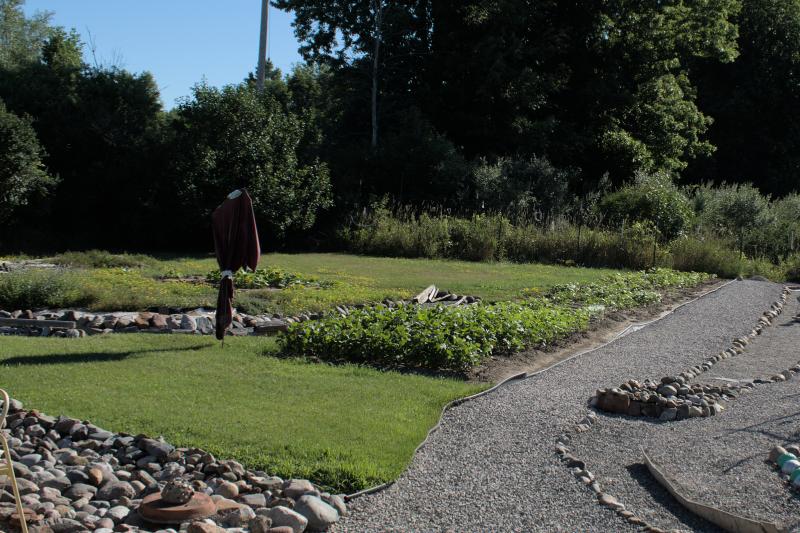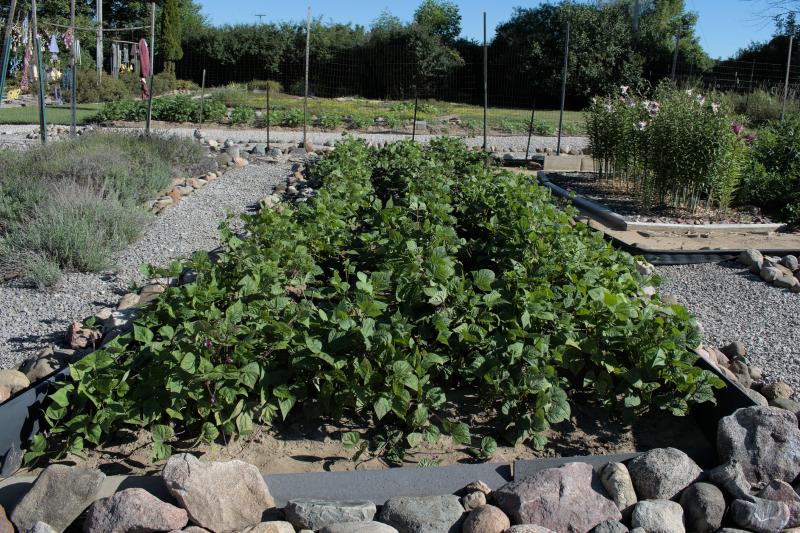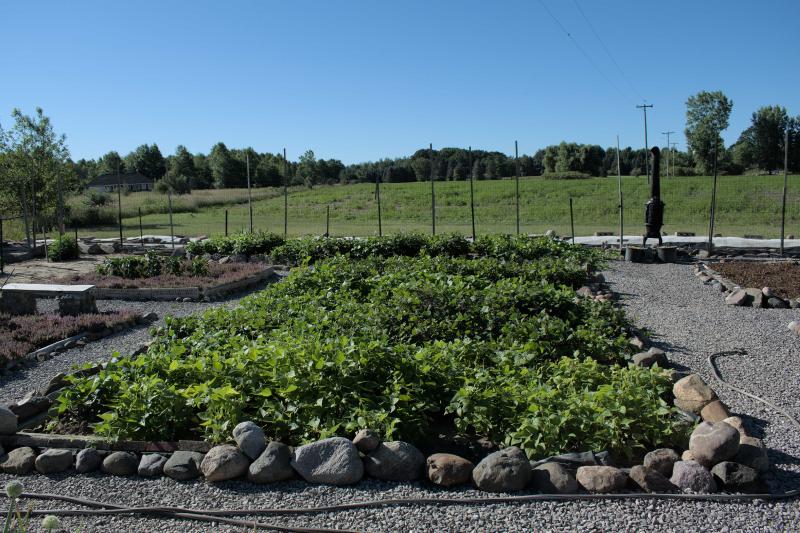flowerbug
Garden Master
Fort Portal Jade harvest (so far, but i'm not sure i'll get more now or not because the last plant i have alive is looking pretty sad).
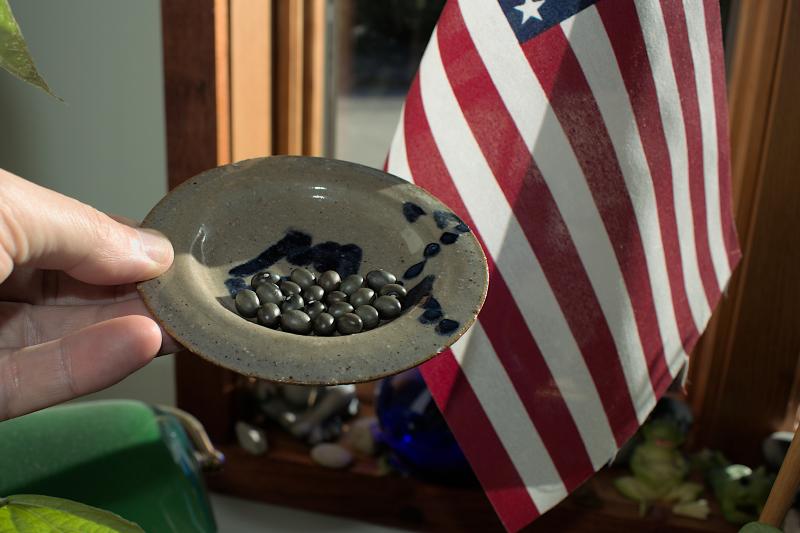
from 4 seeds to 22 seeds is a nice increase for these, but i'm not too likely to grow these again here as they required pots and being kept out of the heat. i just don't have the window space here right now to do more next year. if i can adopt out some of my amaryllis bulbs to free up space by the window i can try again next year with better potting soil and likely get much better results. we'll see what next spring brings.
these seeds look nearly perfect and compared to what i've managed in the past they are perfect.
[edit i found a bean i dropped so the total is 22 now

 ]
]

from 4 seeds to 22 seeds is a nice increase for these, but i'm not too likely to grow these again here as they required pots and being kept out of the heat. i just don't have the window space here right now to do more next year. if i can adopt out some of my amaryllis bulbs to free up space by the window i can try again next year with better potting soil and likely get much better results. we'll see what next spring brings.
these seeds look nearly perfect and compared to what i've managed in the past they are perfect.
[edit i found a bean i dropped so the total is 22 now
Last edited:

